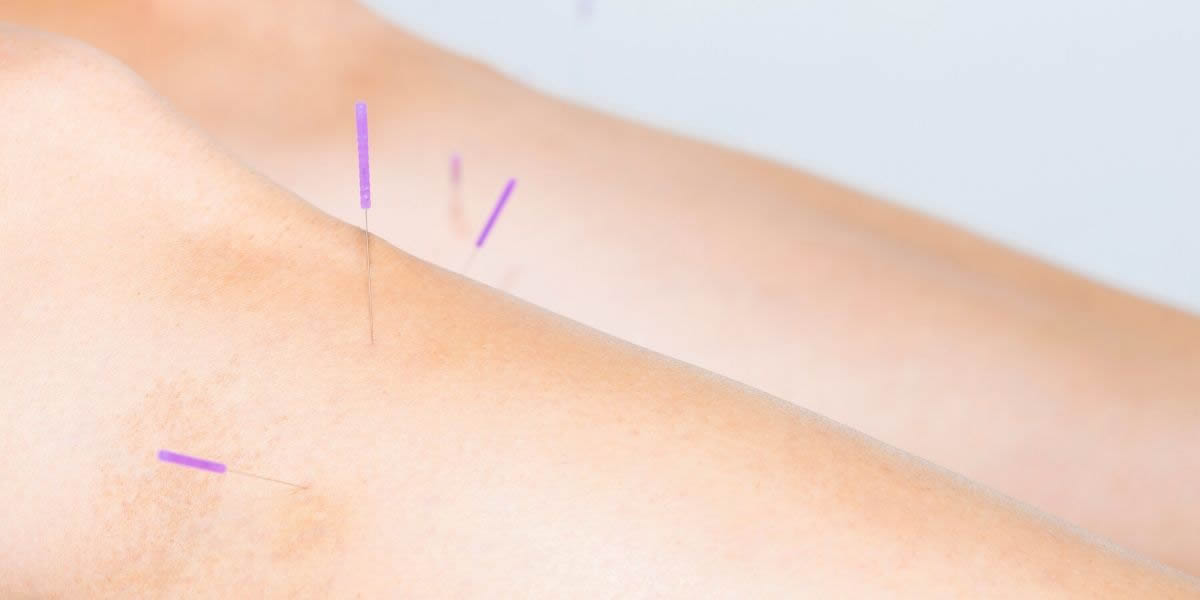
Acupuncture Explained
Would you like to know how acupuncture works?
How is it that putting these tiny needles into your body can give you relief from pain? In recent years, thanks to improved methods of medical imaging and analytical techniques a lot of new scientific information has been obtained about the effects and mechanisms of Acupuncture, and we now have a good understanding of the physiological processes that are going in in your body during and after acupuncture treatment.
I know that biochemistry is not everyone’s cup of tea, so I have designed this article to be easily read from beginning to end as a general overview of acupuncture. I have included links that you can either ignore or follow if you want a deeper understanding of the chemistry.
Let’s begin with one of the pioneers of acupuncture in the UK. A London surgeon Dr James Morss Churchill published a treatise about acupuncture in 1821. He called it “Acupuncturation” and he described how he used needles to treat his patients with impressive results. His needles can be seen in a display cabinet in the Royal College of Surgeons building in London. They are about 6 inches long with ivory handles, the metal needles have a similar diameter to a cocktail stick and would be re-used, hopefully with some sort of cleaning between patients.
His process was quite simple: he inserted the needle where the patient reported pain. If the pain moved, he put the needle into the new site of pain. He followed this method until the patient either felt better or had had enough. You might be relieved to learn that modern acupuncture needles are much finer, with a diameter similar to an eyelash. They are sterile, one-use only and made from high quality steel. Under a microscope a modern needle is shaped like a javelin and highly polished. That is why you hardly feel the needle enter or leave.
There are three main aspects to acupuncture: we call them Local, Segmental and Global.
LOCAL EFFECT. When a needle is inserted, usually it goes through the skin into a muscle. The body responds by increasing the local circulation and the local nerve fibres become less sensitive. Tell me more >>> Acupuncture Explained - local effect
SEGMENTAL EFFECT. The sensory nerve that is stimulated by the needle carries signals to the spinal cord. The spinal cord is divided into segments. Each segment has its own part of the body that it controls, as well as muscles and skin, many segments control the activity of internal organs. Using anatomical charts we can influence some internal organs by treating the appropriate muscles with acupuncture. Tell me more >>> Acupuncture Explained - segmenetal effect
GENERAL EFFECT. Putting a needle anywhere in the body will trigger the release of endorphins in the brain. Endorphins are your bodies home made painkillers, as well as reducing the pain that you feel, they make you feel relaxed and more optimistic. Some points are better than others at triggering endorphin release, but anywhere will work. Tell me more >>> Acupuncture Explained - general effect
Problems: There are two main problems with acupuncture. One is to give the right dose for each patient, people vary in their sensitivity and it is important not to overstimulate early in the treatment. The second problem is clinical trials. NICE like to compare treatments with a placebo: this is the problem, what can you think of that looks and feels like a needle but isn’t a needle? Some researchers have tried deliberately needling the “wrong” point, but because of the general effect (described above) there will always be an endorphin response. Tell me more >>> Acupuncture Explained - Trials, Placebo and Sham Acupuncture
Practical considerations: A typical course of treatment would be 6 – 8 half hour sessions spread over 4 to 8 weeks. Your body “learns” how to respond over this period. Think of it as learning a new skill, one piano lesson is soon forgotten but a course of lessons will reinforce the new activity.
If the pain comes back in the future a top-up, typically 1 – 3 treatments is all that is needed.
START HERE - read the articles in this order
>>> ACUPUNCTURE EXPLAINED
>>> Acupuncture Explained - Tell me more - Local Effect
>>> Acupuncture Explained - Tell me more - Segmental Effect
>>> Acupuncture Explained - Tell me more - General Effect
>>> Acupuncture Explained - Tell me more - Trials, Placebo and Sham Acupuncture
Bill Ferguson, Osteopath
May 2020



